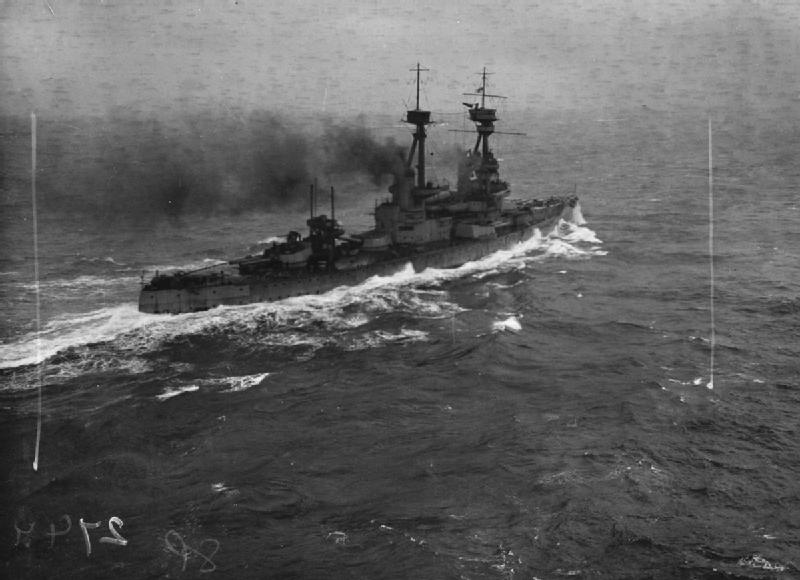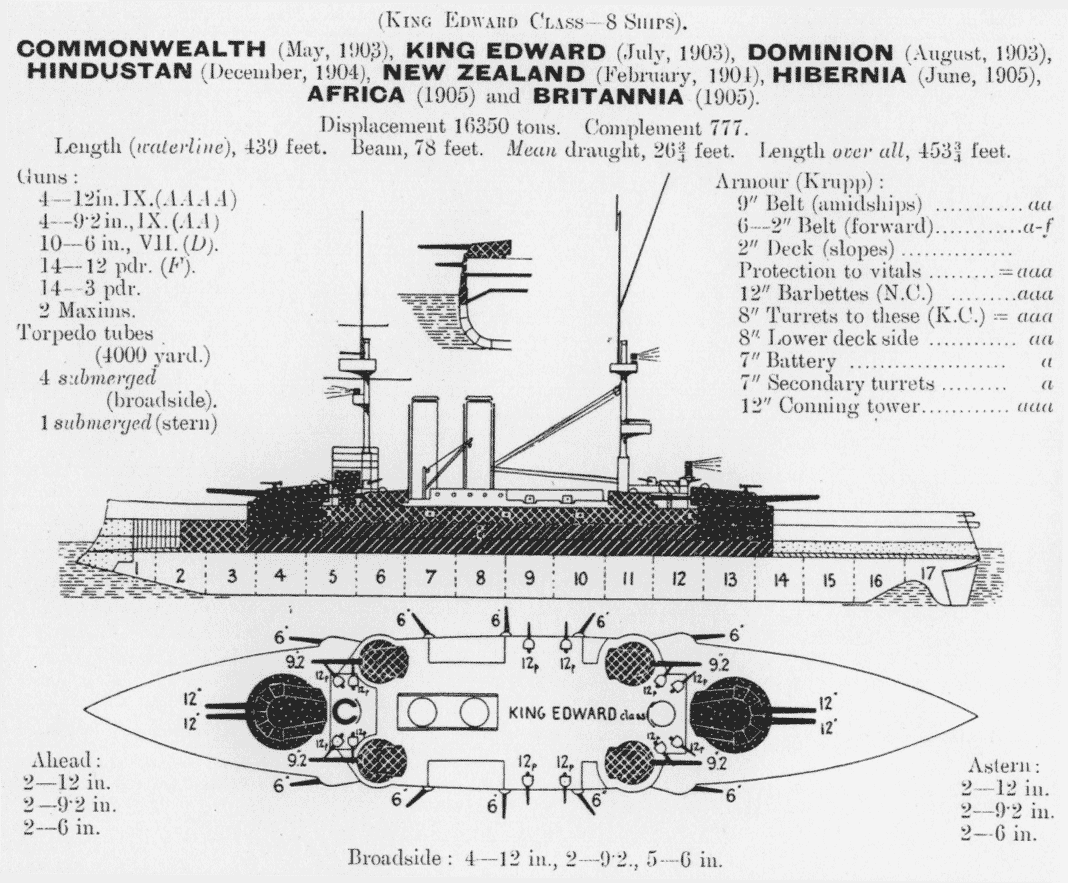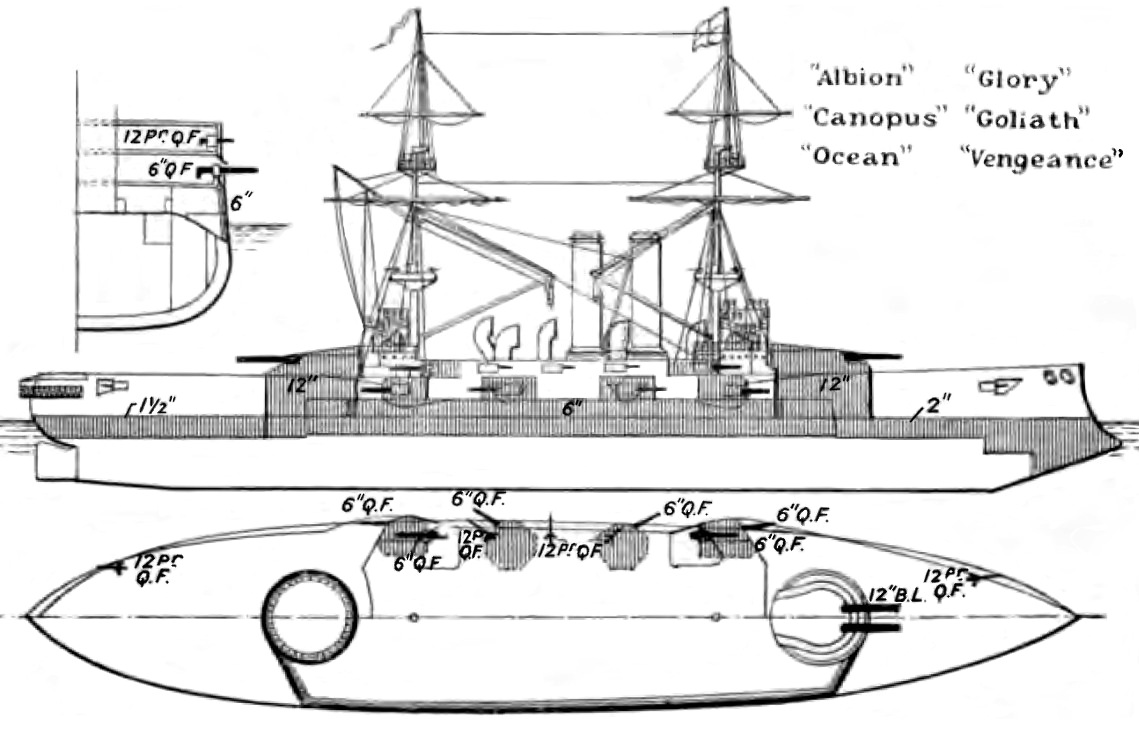|
David Thomas Norris
Admiral David Thomas Norris CB CMG (27 October 1875 – 19 July 1937) was a British Royal Navy officer. Early life and career Norris was the son of Mr Justice Norris, a judge of the Calcutta High Court. He was educated at Clifton College, and joined HMS ''Britannia'' as a Naval Cadet at the age of 13, being promoted Midshipman two years later. Promoted Lieutenant in November 1896, he specialised in gunnery, and served as gunnery officer in the battleship HMS ''Vengeance'' on the China Station. He was promoted Commander in December 1907 and in 1908 became flag commander to the Commander-in-Chief China Station. He then served as executive officer of HMS ''Dominion'', followed by HMS ''Superb'', both in the Home Fleet. First World War and Russian Civil War Norris was promoted Captain shortly before the outbreak of the First World War in 1914 and took command of the armed merchant cruiser HMS ''Arlanza'' with the 10th Cruiser Squadron. After two years he was posted to t ... [...More Info...] [...Related Items...] OR: [Wikipedia] [Google] [Baidu] |
Lionel Dunsterville
Major General Lionel Charles Dunsterville, (9 November 1865 – 18 March 1946) was a British Army officer, who led Dunsterforce across present-day Iraq and Iran towards the Caucasus and Baku during the First World War. Early life Lionel Charles Dunsterville was born in Lausanne, Switzerland on 9 November 1865, the son of Lieutenant General Lionel D'Arcy Dunsterville (1830–1912) of the Indian Army and his wife, Susan Ellen (1835–1875). He went to school with Rudyard Kipling and George Charles Beresford at The United Services College, a public school later absorbed into Haileybury and Imperial Service College, which prepared British young men for careers in Her Majesty's Army. He served as the inspiration for the character " Stalky" in Kipling's collection of school stories '' Stalky & Co''. He was also uncle to H.D. Harvey-Kelly, the first Royal Flying Corps pilot to land in France during the First World War. Military career Dunsterville was commissioned into the British Ar ... [...More Info...] [...Related Items...] OR: [Wikipedia] [Google] [Baidu] |
Naval Cadet
Officer Cadet is a rank held by military cadets during their training to become commissioned officers. In the United Kingdom, the rank is also used by members of University Royal Naval Units, University Officer Training Corps and University Air Squadron; however, these are not trainee officers with many not choosing a career in the armed forces. The term officer trainee is used interchangeably in some countries. Australia The Australian Defence Force follows the same usage as the British military system, using the rank of officer cadet (for the Australian Army (OCDT) and the Royal Australian Air Force (OFFCDT)), for personnel undergoing initial officer training. Unlike midshipmen in the Royal Australian Navy who hold a commission, officer cadets in the Australian Army and Royal Australian Air Force do not yet hold a permanent commission, and are not saluted or referred to as "sir" or "ma'am". They do however hold probationary commissions. Officer cadets in the Australi ... [...More Info...] [...Related Items...] OR: [Wikipedia] [Google] [Baidu] |
First World War
World War I (28 July 1914 11 November 1918), often abbreviated as WWI, was one of the deadliest global conflicts in history. Belligerents included much of Europe, the Russian Empire, the United States, and the Ottoman Empire, with fighting occurring throughout Europe, the Middle East, Africa, the Pacific, and parts of Asia. An estimated 9 million soldiers were killed in combat, plus another 23 million wounded, while 5 million civilians died as a result of military action, hunger, and disease. Millions more died in genocides within the Ottoman Empire and in the 1918 influenza pandemic, which was exacerbated by the movement of combatants during the war. Prior to 1914, the European great powers were divided between the Triple Entente (comprising France, Russia, and Britain) and the Triple Alliance (containing Germany, Austria-Hungary, and Italy). Tensions in the Balkans came to a head on 28 June 1914, following the assassination of Archduke Franz Ferdina ... [...More Info...] [...Related Items...] OR: [Wikipedia] [Google] [Baidu] |
Captain (naval)
Captain is the name most often given in English-speaking navies to the rank corresponding to command of the largest ships. The rank is equal to the army rank of colonel and air force rank of group captain. Equivalent ranks worldwide include ship-of-the-line captain (e.g. France, Argentina, Spain), captain of sea and war (e.g. Brazil, Portugal), captain at sea (e.g. Germany, Netherlands) and " captain of the first rank" (Russia). The NATO rank code is OF-5, although the United States of America uses the code O-6 for the equivalent rank (as it does for all OF-5 ranks). Four of the uniformed services of the United States — the United States Navy, United States Coast Guard, United States Public Health Service Commissioned Corps, and National Oceanic and Atmospheric Administration Commissioned Officer Corps — use the rank. Etiquette Any naval officer who commands a ship is addressed by naval custom as "captain" while aboard in command, regardless of their actual rank, even ... [...More Info...] [...Related Items...] OR: [Wikipedia] [Google] [Baidu] |
Home Fleet
The Home Fleet was a fleet of the Royal Navy that operated from the United Kingdom's territorial waters from 1902 with intervals until 1967. In 1967, it was merged with the Mediterranean Fleet creating the new Western Fleet. Before the First World War, it consisted of the four Port Guard ships. In 1905 it was disestablished, and from 1905 to 1907 remaining ships at a lesser state of readiness were split into the reserve divisions (Devonport Division, Nore Division, and Portsmouth Division). During the First World War, it comprised some of the older ships of the Royal Navy. During the Second World War, it was the Royal Navy's main battle force in European waters. Pre-First World War In the first years of the 20th century, the Royal Navy had four 'Port Guard' ships, stationed in the major naval bases, partially to act as flagships for the admirals commanding at those ports. These vessels appear to have been stationed at the Nore, Portsmouth, and Plymouth, as well as one other ... [...More Info...] [...Related Items...] OR: [Wikipedia] [Google] [Baidu] |
HMS Superb (1907)
HMS ''Superb'' was one of three dreadnought battleships built for the Royal Navy in the first decade of the 20th century. She spent almost her whole career assigned to the Home and Grand Fleets. Aside from participating in the Battle of Jutland in May 1916 and the inconclusive action of 19 August, her service during the First World War generally consisted of routine patrols and training in the North Sea. ''Superb'' was transferred to the Mediterranean Fleet in October 1918 and became its flagship. She supported Allied forces in the Mediterranean and the Black Sea after the war ended in November. The ship was deemed obsolete and was reduced to reserve when she returned home in early 1919 and was then used as a training ship. ''Superb'' was used for gunnery experiments in 1920 and then became a target ship in 1922. The ship was sold for scrap late that year and broken up in 1923. Design and description The design of the ''Bellerophon'' class was derived from that of the revol ... [...More Info...] [...Related Items...] OR: [Wikipedia] [Google] [Baidu] |
HMS Dominion (1903)
HMS ''Dominion'' was a of the Royal Navy. Like all ships of the class (apart from the lead ship of the class, ) she was named after an important part of the British Empire, namely the Dominion of Canada. The ship was built by Vickers; she was laid down in May 1902, was launched in August 1903, and was completed in July 1905. Armed with a battery of four and four guns, she and her sister ships marked a significant advance in offensive power compared to earlier British battleship designs that did not carry the 9.2 in guns. Commissioned in August 1905, ''Dominion'' entered service with the Atlantic Fleet but she ran aground in August 1906 in the Gulf of Saint Lawrence. Repairs took nearly a year, and upon completion, she was assigned to the Home Fleet. Following a reorganisation of the fleet in 1912, she and her sister ships formed the 3rd Battle Squadron, part of the Home Fleet. That year, the squadron went to the Mediterranean Sea during the First Balkan War as part ... [...More Info...] [...Related Items...] OR: [Wikipedia] [Google] [Baidu] |
Executive Officer
An executive officer is a person who is principally responsible for leading all or part of an organization, although the exact nature of the role varies depending on the organization. In many militaries and police forces, an executive officer, or "XO", is the second-in-command, reporting to the commanding officer. The XO is typically responsible for the management of day-to-day activities, freeing the commander to concentrate on strategy and planning the unit's next move. Administrative law While there is no clear line between principal executive officers and inferior executive officers, principal officers are high-level officials in the executive branch of U.S. government such as department heads of independent agencies. In ''Humphrey's Executor v. United States'', 295 U.S. 602 (1935), the Court distinguished between executive officers and quasi-legislative or quasi-judicial officers by stating that the former serve at the pleasure of the president and may be removed at their di ... [...More Info...] [...Related Items...] OR: [Wikipedia] [Google] [Baidu] |
Flag Commander
A flag is a piece of fabric (most often rectangular or quadrilateral) with a distinctive design and colours. It is used as a symbol, a signalling device, or for decoration. The term ''flag'' is also used to refer to the graphic design employed, and flags have evolved into a general tool for rudimentary signalling and identification, especially in environments where communication is challenging (such as the maritime environment, where semaphore is used). Many flags fall into groups of similar designs called flag families. The study of flags is known as "vexillology" from the Latin , meaning "flag" or "banner". National flags are patriotic symbols with widely varied interpretations that often include strong military associations because of their original and ongoing use for that purpose. Flags are also used in messaging, advertising, or for decorative purposes. Some military units are called "flags" after their use of flags. A ''flag'' (Arabic: ) is equivalent to a brigad ... [...More Info...] [...Related Items...] OR: [Wikipedia] [Google] [Baidu] |
Commander
Commander (commonly abbreviated as Cmdr.) is a common naval officer rank. Commander is also used as a rank or title in other formal organizations, including several police forces. In several countries this naval rank is termed frigate captain. Commander is also a generic term for an officer commanding any armed forces unit, for example "platoon commander", "brigade commander" and "squadron commander". In the police, terms such as "borough commander" and "incident commander" are used. Commander as a naval and air force rank Commander is a rank used in navies but is very rarely used as a rank in armies. The title, originally "master and commander", originated in the 18th century to describe naval officers who commanded ships of war too large to be commanded by a lieutenant but too small to warrant the assignment of a post-captain and (before about 1770) a sailing master; the commanding officer served as his own master. In practice, these were usually unrated sloops-of-war of no ... [...More Info...] [...Related Items...] OR: [Wikipedia] [Google] [Baidu] |
China Station
The Commander-in-Chief, China was the admiral in command of what was usually known as the China Station, at once both a British Royal Navy naval formation and its admiral in command. It was created in 1865 and deactivated in 1941. From 1831 to 1865, the East Indies Station and the China Station were a single command known as the East Indies and China Station. The China Station, established in 1865, had as its area of responsibility the coasts of China and its navigable rivers, the western part of the Pacific Ocean, and the waters around the Dutch East Indies. The navy often co-operated with British commercial interests in this area. The formation had bases at Singapore (Singapore Naval Base), HMS ''Tamar'' (1865–1941 and 1945–1997) in Hong Kong and Wei Hai (at Liugong Island) (1898–1940). The China Station complement usually consisted of several older light cruisers and destroyers, and the Chinese rivers were patrolled by a flotilla of suitable, shallow-draught gunboats, ... [...More Info...] [...Related Items...] OR: [Wikipedia] [Google] [Baidu] |
HMS Vengeance (1899)
HMS ''Vengeance'' was a pre-dreadnought battleship of the British Royal Navy and a member of the . Intended for service in Asia, ''Vengeance'' and her sister ships were smaller and faster than the preceding s, but retained the same battery of four guns. She also carried thinner armour, but incorporated new Krupp steel, which was more effective than the Harvey armour used in the ''Majestic''s. ''Vengeance'' was laid down in August 1898, launched in July 1899, and commissioned into the fleet in April 1902. On entering service, ''Vengeance'' was assigned to the China Station, but the Anglo-Japanese Alliance rendered her presence there unnecessary, and she returned to European waters in 1905. Late that year, she underwent a refit that lasted into 1906. She then served in the Channel Fleet until 1908, when she moved to the Home Fleet, thereafter serving in secondary roles, including as a tender and a gunnery training ship. In 1913, she was transferred to the 6th Battle Squadr ... [...More Info...] [...Related Items...] OR: [Wikipedia] [Google] [Baidu] |






